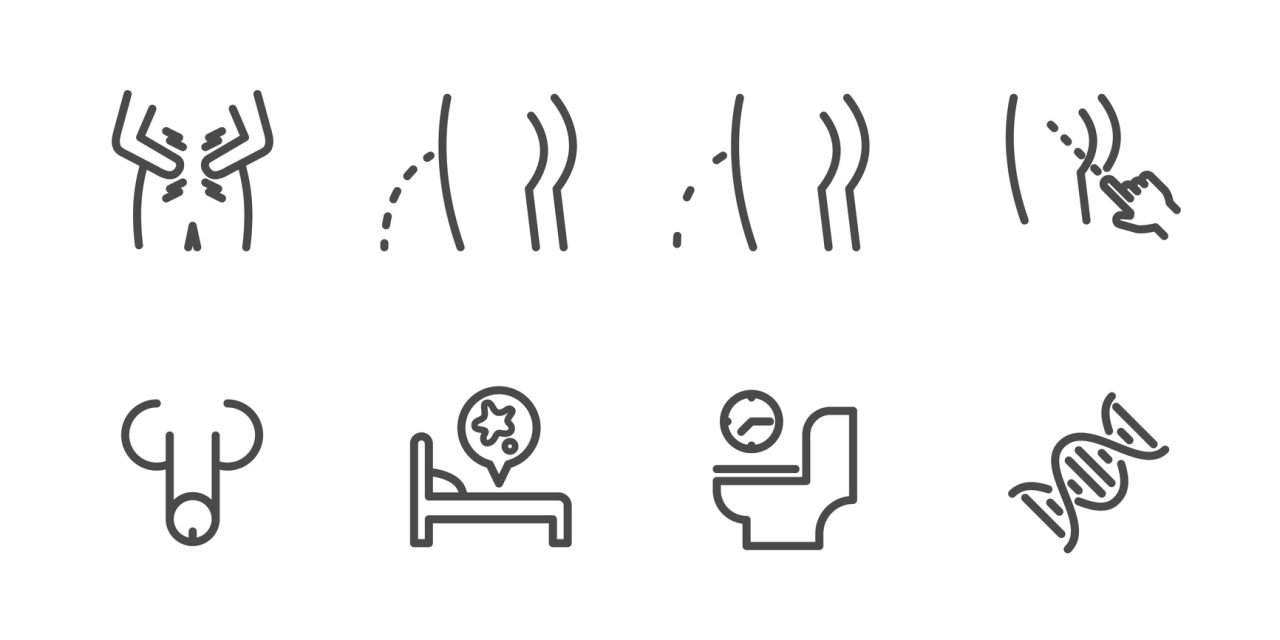To determine if there is an association between patient race and physician time spent with the patient during outpatient urology consultations.
We identified all adult urology new outpatient visits in the National Ambulatory Medical Care Survey dataset for 2012-2016. Patient race was dichotomized as White or non-White. Our primary outcome was time spent during the visit between the patient and urologist. Using population-level weighting, we compared differences in mean time spent during visits with White and non-White patients. Mixed-effects linear regression was used to adjust for confounding factors and to account for clustering among individual physicians. Secondary outcomes included number of services provided and if ancillary providers were seen.
Over the five year period, 1668 raw visits met criteria and were used to estimate 21million new outpatient urology visits nationwide. 80% of all visits were with White patients. Mean physician time spent among visits with white patients was 23.9 minutes and 24.4 minutes for non-White patients. There was no difference in number of services provided but visits with non-white patients were less likely to include an ancillary provider. After adjustment, there was no significant difference in mean time spent with the urologist among visits with White and non-White patients (difference 0.9 minutes, 95% CI: -0.6 to 2.4). There were also no differences in adjusted mean time spent among return visits or new visits for hematuria, urologic cancers, or BPH.
We found no statistically significant difference in time spent with a urologist during outpatient office consultations between White and non-White patients.
Copyright © 2021. Published by Elsevier Inc.
A national assessment of the association between patient race and physician visit time during new outpatient urology consultations.


